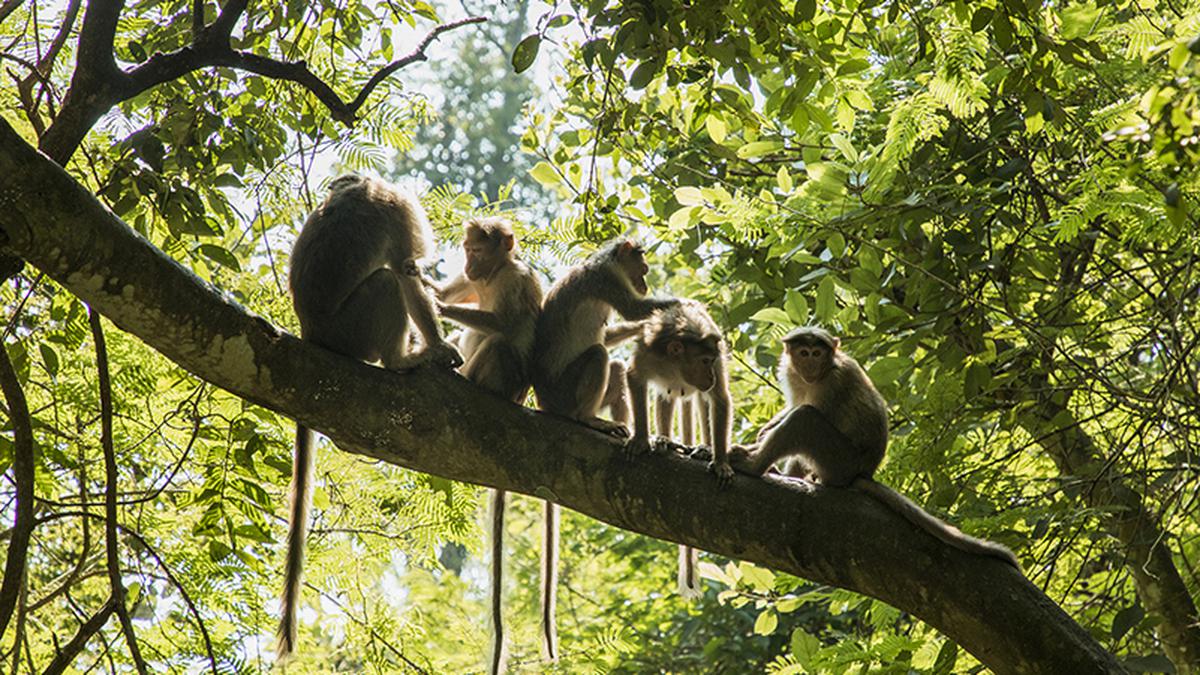
Re-emerging infectious diseases, ahoy!
The Hindu
This week in Health Matters: the potential of CRISPR, why Indians don’t report mental health issues and some life-saving lessons in first aid.
This week in health: the potential of CRISPR, why Indians don’t report mental health issues and some life-saving lessons in first aid.
It is highly unlikely that before 2024, any of us had heard of Kyasanur Forest Disease, unless of course one was a tropical diseases expert. But with the dawn of the new year, KFD, as it has come to be called. It was this year that we realised that this was no strange, new disease, but had first been noticed in the Kysanur Forest area of Sorab Taluk in Shivamogga district in 1956, and was named after the region. It is also known as monkey fever, as monkeys also get infected. In fact, the death of a monkey serves as a warning of a KFD outbreak. The scientists concluded that the virus must have been present right through in the forests of Malnad region. It stands to reason that it likely was reactivated due to ecological changes.
The disease spreads through ticks. Primates that come in contact with infective ticks contract the disease. Human beings who visit the forest area either for livelihood, to graze cattle, or to collect firewood contract the disease. Normally, the transmission begins from late November to June. It peaks between December and March, according to studies. A blood test is done to identify if someone has KFD. For more on the disease, do read this short explainer by Sathish G.T.: Kyasanur Forest Disease, the assault of the tick.
Since January 1, the State health department has conducted 2,567 tests and 68 people have been found positive in the Malenadu area: Shivamogga, Uttara Kannada and Chikkamagaluru: prompting the government to take action. Karnataka School Education minister Madhu Bangarappa instructed officials to spread awareness about the disease and issue a travel advisory to trekkers visiting the Malenadu region. Health minister Dinesh Gundurao also appealed to people in affected areas to be cautious, besides announcing that a new vaccine for KFD was likely to be ready by next year. He said that that with the concurrence of the Indian Council of Medical Research (ICMR), the Hyderabad-based Indian Immunologicals Ltd, has been asked to develop a vaccine to prevent KFD.
Naturally, with infectious diseases, border areas too have to be on the alert, and Tamil Nadu and Kerala which share the border with Karnataka, got their act together. The Kerala health department issued a KFD alert in Wayanad, while in Tamil Nadu, the health department issued guidelines for all its centres to identify, and tackle KFD viral infection.
With climate change playing a wrecking ball in the environment today, the reemergence of KFD is a reminder that we are not done yet. While we gear up to handle the looming threat from non communicable diseases, we do have to be on the lookout for remerging, and newly emerging strains of infection, and ready ourselves for two battles - prevention and later, treatment.
Since we are on the subject of infectious diseases, let’s quickly check for COVID-19 updates here. Bindu Shajan Perappadan quotes health Minister Mansukh Mandaviya speaking in Parliament: COVID-19 virus mutated 223 times, will continue to remain like influenza. This is something that is by now pretty much common knowledge. He further added: “When a virus mutates more than 100 times, its harmful effects are reduced. So far, the COVID virus has mutated 223 times and like influenza, which hits people once or twice every year COVID is with us and it will remain.”

The Karnataka government has drafted a comprehensive master plan for the integrated development of Kukke Subrahmanya temple, the State’s highest revenue-generating temple managed by the Hindu Religious Institutions and Charitable Endowments Department. The redevelopment initiative is estimated to cost around ₹254 crore and aims to enhance infrastructure and facilities for devotees.












